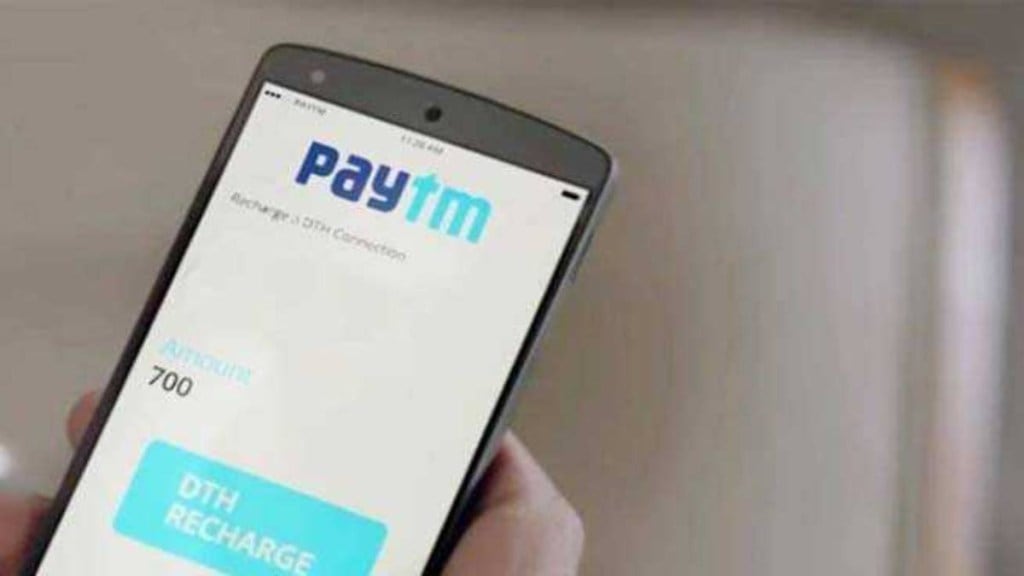In February 2024, a report submitted by the Parliamentary Standing Committee on Communications and Information Technology highlighted apprehensions about the prevalence of fintech applications owned by foreign entities within the Indian ecosystem. It underscored the need to prioritise the promotion of local players to address these concerns effectively.
According to the report, the Unified Payments Interface (UPI) held a dominant 73.5% share of total digital payments by volume in FY23. Unlike credit or debit card transactions, many Indian banks facilitate UPI payments at a very low or zero cost. These features have made the UPI model exportable to various countries, with an increase in its demand post-India’s G20 presidency and the push for digital public infrastructure.
Unfortunately, as is now being widely recognised, India is slipping back into a scenario where the last mile of the UPI system is dominated by two payment tech players that are owned by US companies.
This trend has become even more pronounced over the past year. Between April 2023 and April 2024, PhonePe’s market share increased from 47% to 49%, while Google Pay saw a rise from 35% to 38%. Paytm, on the other hand, experienced a significant decline in its market share, dropping from 13.3% to 8.4%. Rather than benefitting smaller competitors, Paytm’s decreased market share has simply been absorbed by the existing dominant players, further increasing their control over the market.
To be fair, besides GPay and PhonePe, there are many players that offer UPI-based payment apps such as Cred, PayZapp (HDFC Bank), Slice, FamPay, Zomato, Groww, and Flipkart. However, their market share is not significant, especially after the regulatory actions taken on Paytm.
The National Payments Corporation of India (NPCI) is aware of the matter and its urgency. It therefore held a meeting recently to address the issue, inviting the smaller players in the ecosystem. The key question is, what stops this crop of companies from growing and capturing a larger segment of the market? Are there any discriminatory policies at play? The answer is that from a regulatory perspective, it is a level playing field. There are no discriminatory policies. However, issues such as first-mover advantage and “capital as a moat” come into play.
First-mover advantage essentially implies that those who started offering payment solution early have a larger brand recall and already have reduced fixed costs per transaction due to their existing volume of transactions. This makes it very difficult for a new entrant to get an appreciable space in the market.
“Capital as a moat” implies that companies bring in large amounts of capital that can be used to give freebies, promos, cashback, advertisements, etc. to lure users away from other players who do not have an assured supply of capital. This is where the US companies score high. Both GPay, backed by Google, and PhonePe, backed by Walmart, two of the biggest corporations in the US, are loaded with capital. They can burn cash while competing with other players.
So what is the solution? Can and should government agencies intervene? As we see, even though there is a regulatory level playing field, there are significant non-regulatory issues that are distorting the playing field. Since payments are critical for any economy to prosper, the government needs to intervene, and that is precisely what the NPCI is doing.
Unfortunately, it is a difficult issue and, according to reports, the NPCI meeting was short of evolving a consensus on mechanisms to solve the matter. One of the suggestions was for the NPCI to promote the alternative Indian payment mechanisms. Perhaps that is not its mandate.
In November 2020, the NPCI issued a notification stipulating that third-party apps such as PhonePe and GPay are restricted from acquiring more than 30% share of the market. It was subsequently decided to postpone the enforcement of the rule until December 2024. However, it is not clear as to what will happen if a company continues to have over 30% market share or how will a company refuse its users from doing transactions on its app because it has crossed the 30% mark without disrupting the ease of digital payments among citizens.
Digital monopolists such as Google already have substantial market share in the overall digital space and its monopoly in the app store market has caused significant headache for the Indian digital and start-up economy. Recently, a case against Google was made before the Competition Commission of India after the company decided to delist 10 Indian apps from its Play Store on account of non-compliance with its payment policies. Clearly, concentration of market power through monopolies or duopolies leads to unacceptable business practices. We cannot afford to have such a situation with our payment systems.
Duopolies controlling our payment systems and the dependence on foreign-owned platforms for critical financial transactions raise questions about India’s digital sovereignty and the potential vulnerabilities of our financial infrastructure. The government is taking the right steps to try and find a solution to this vulnerability to the Indian economy. Given the current geopolitical instabilities, this process should be accelerated and the industry should urgently support the government in resolving the vulnerability.
Jaijit Bhattacharya, Founder and president, C-DEP

